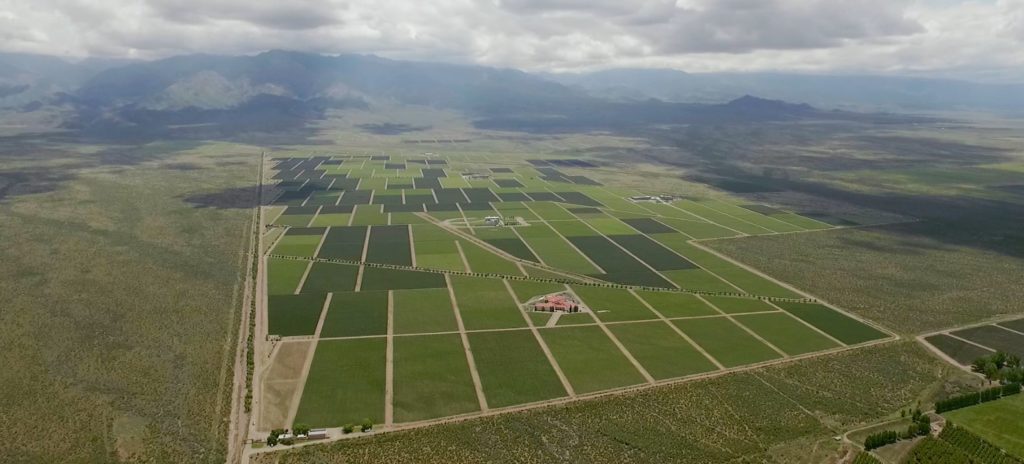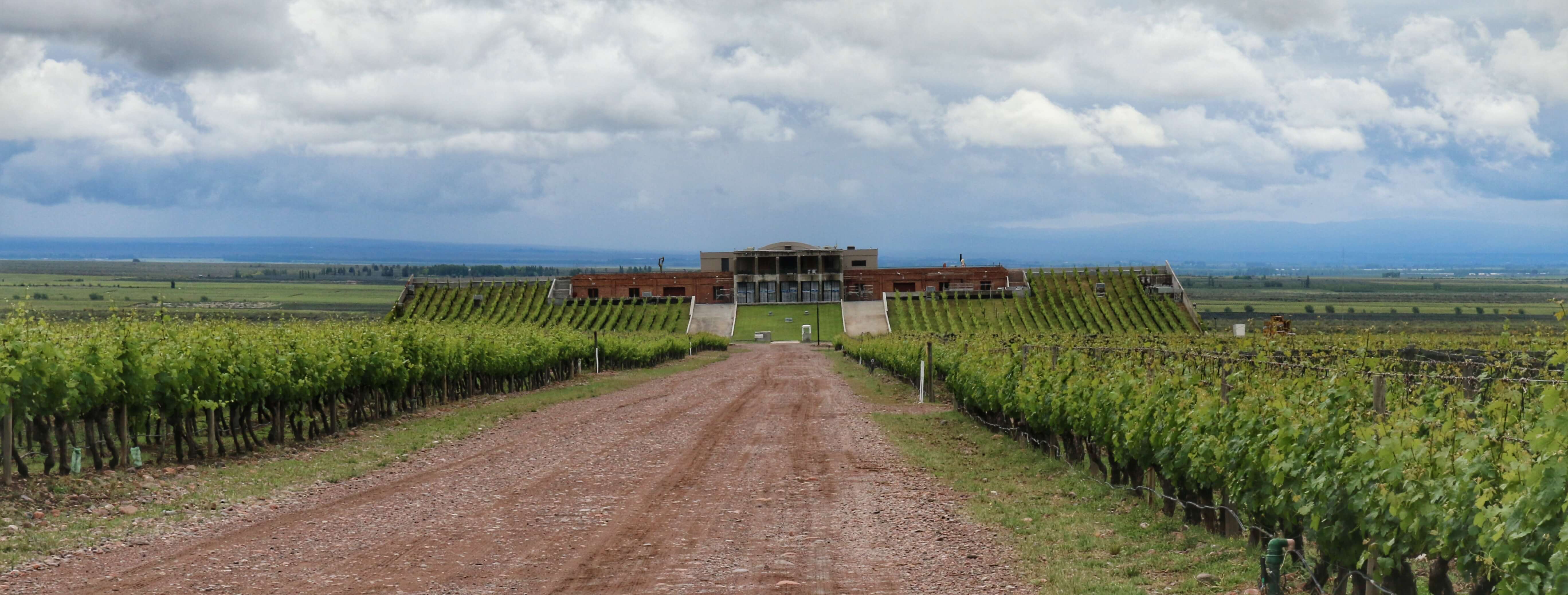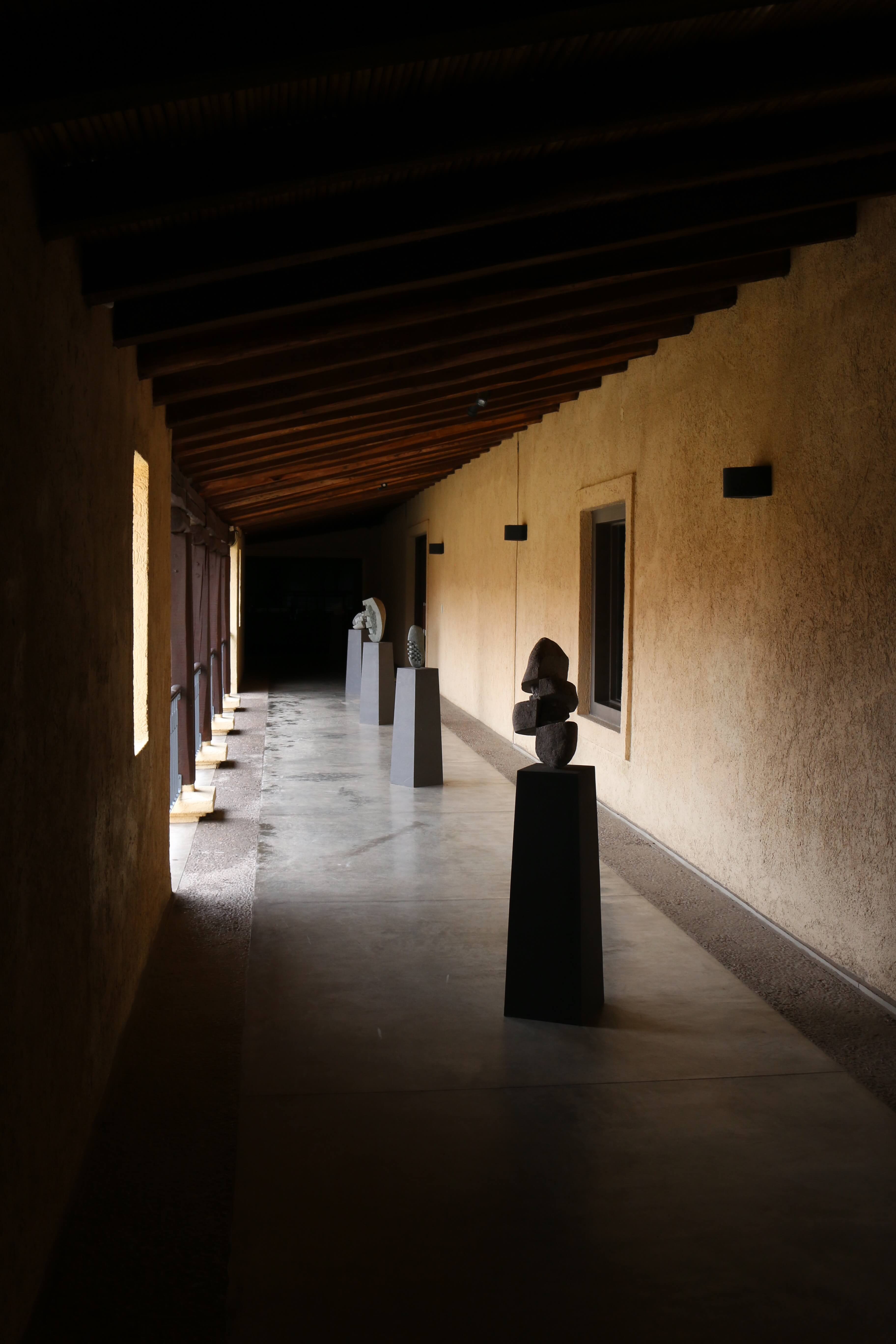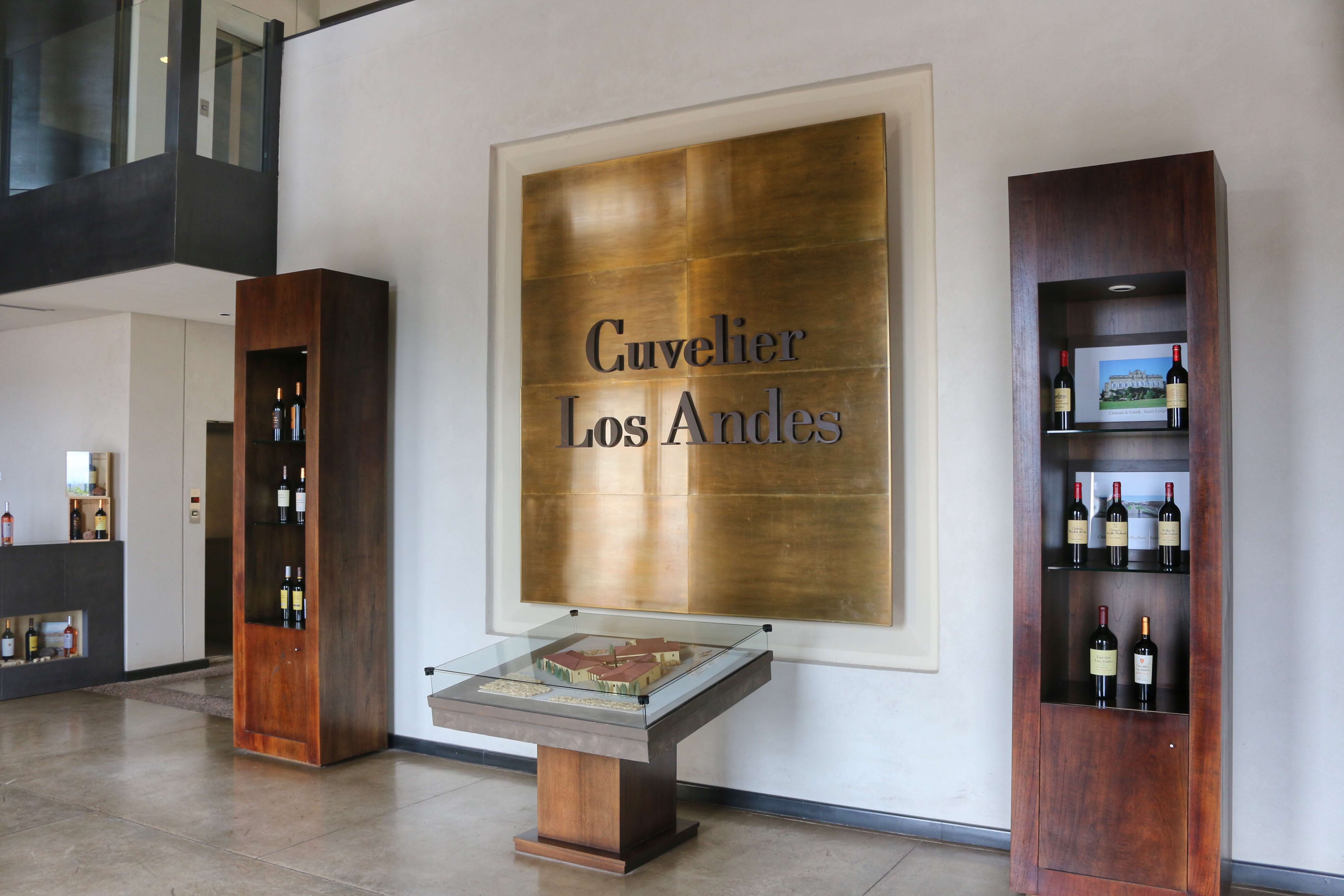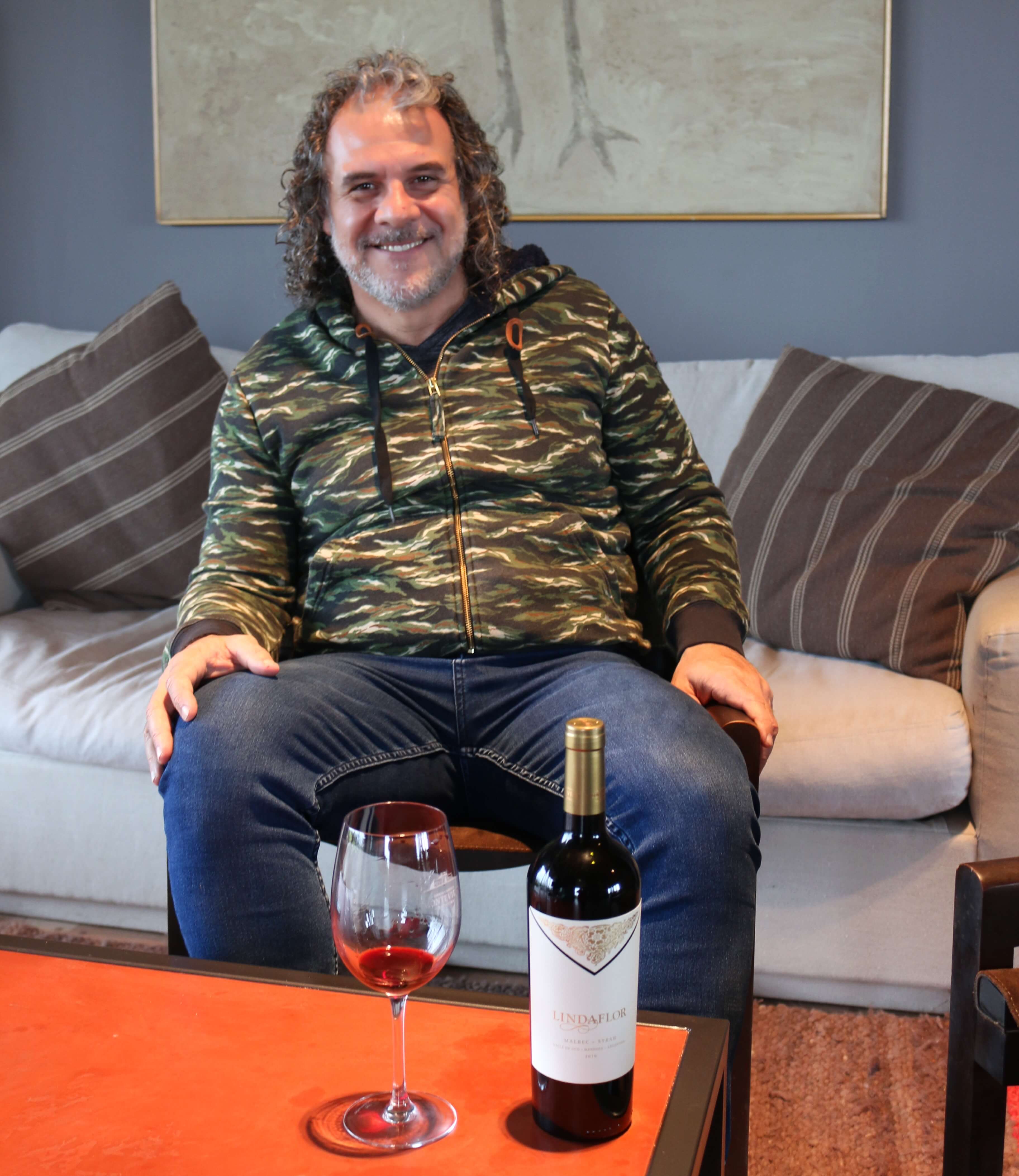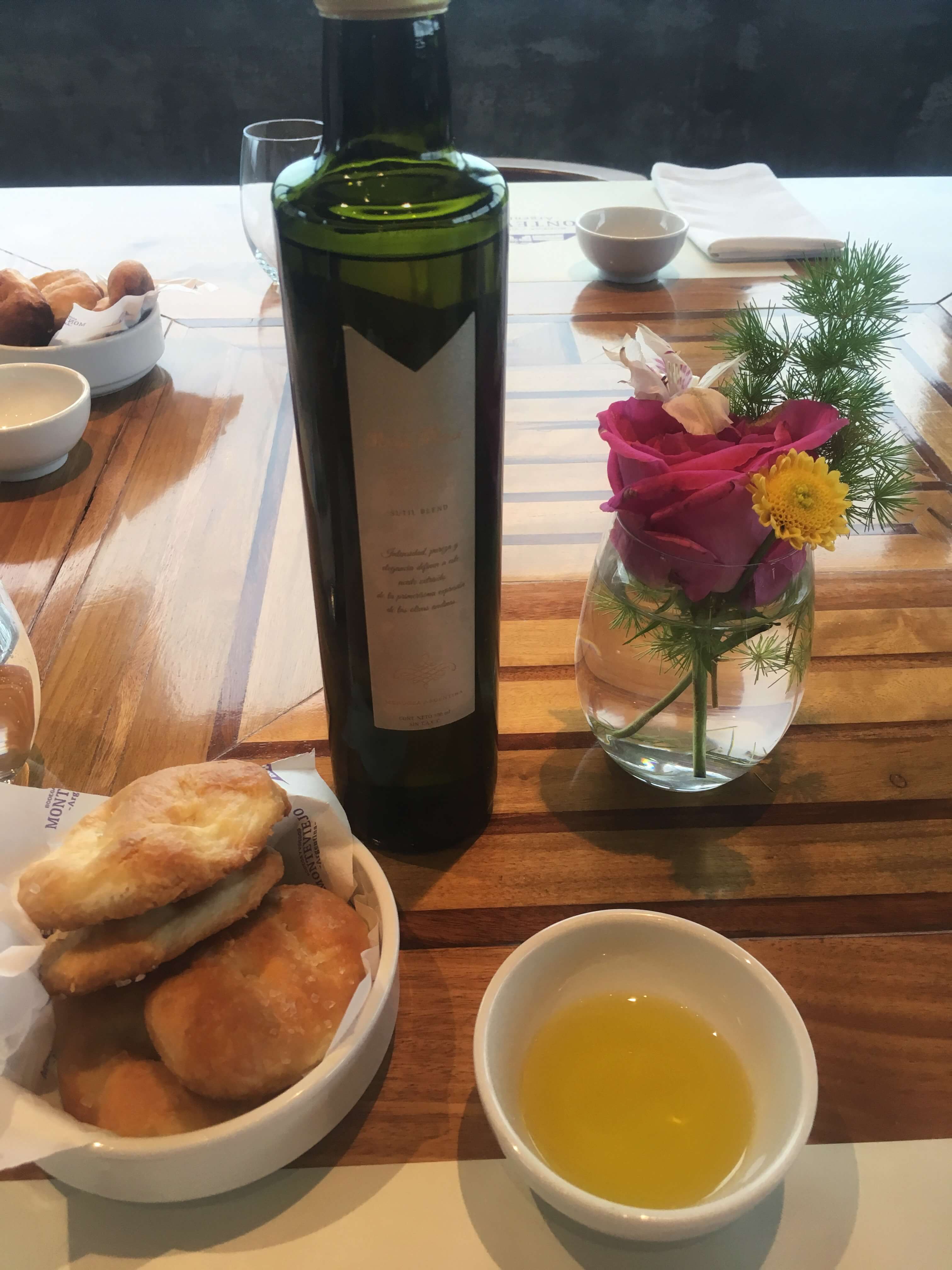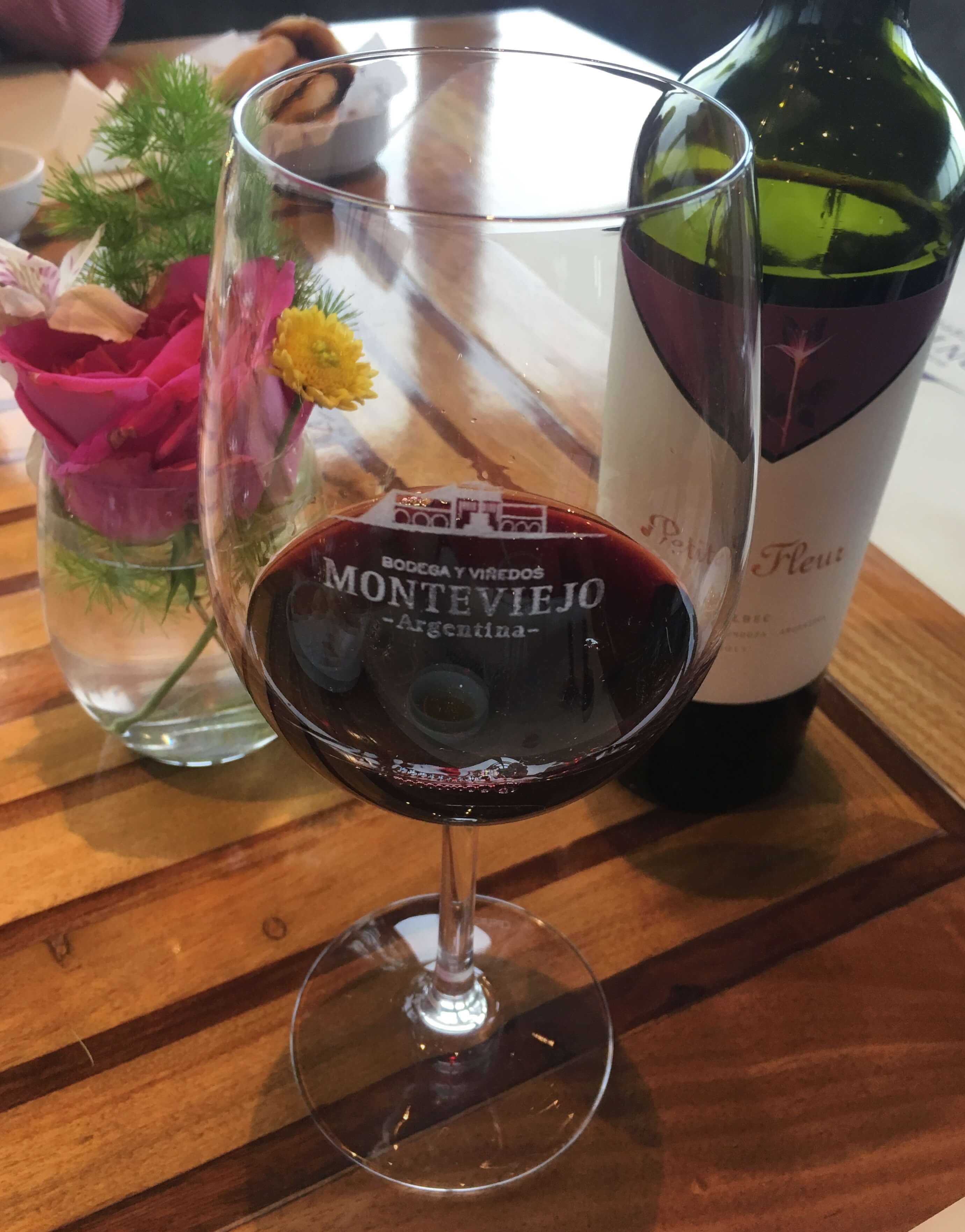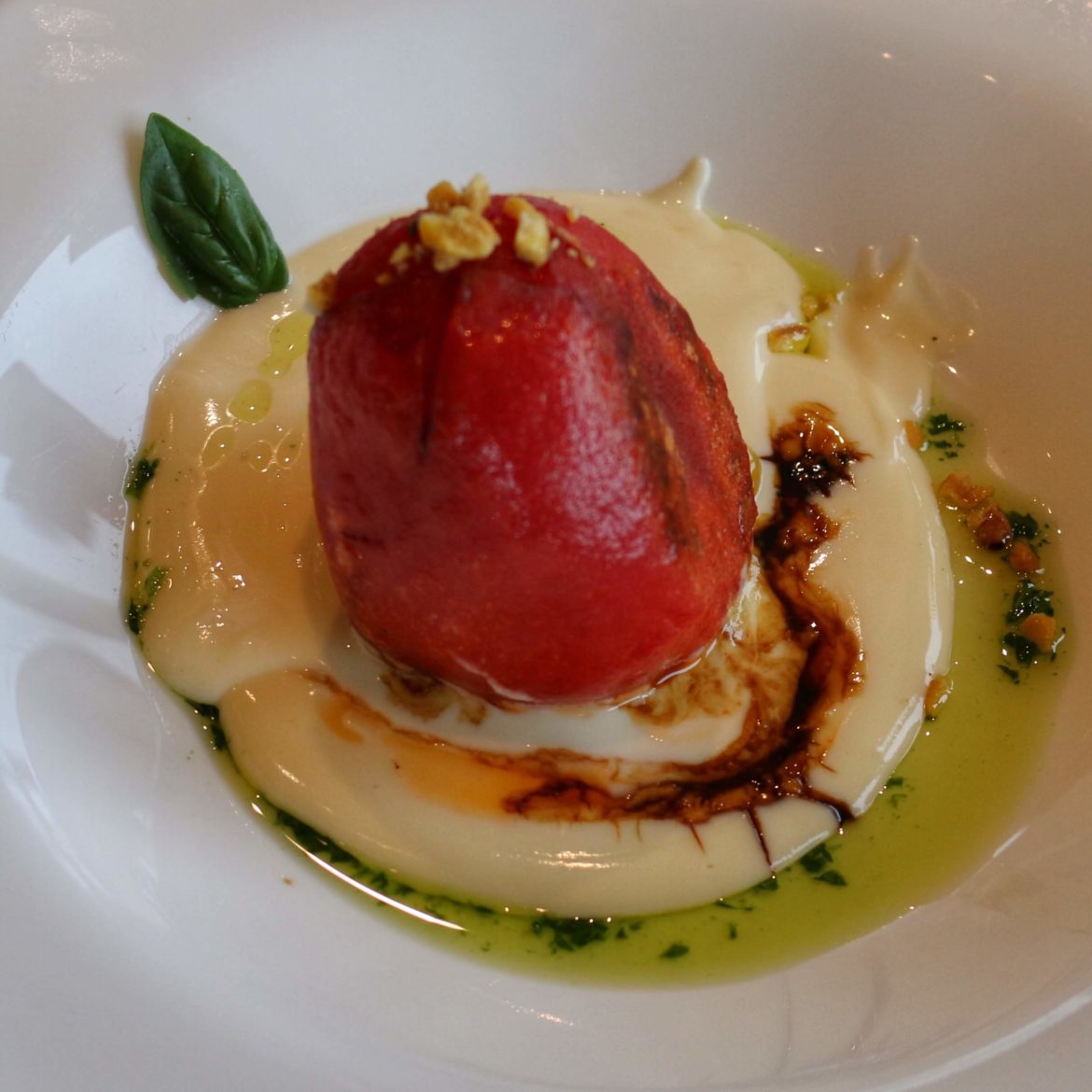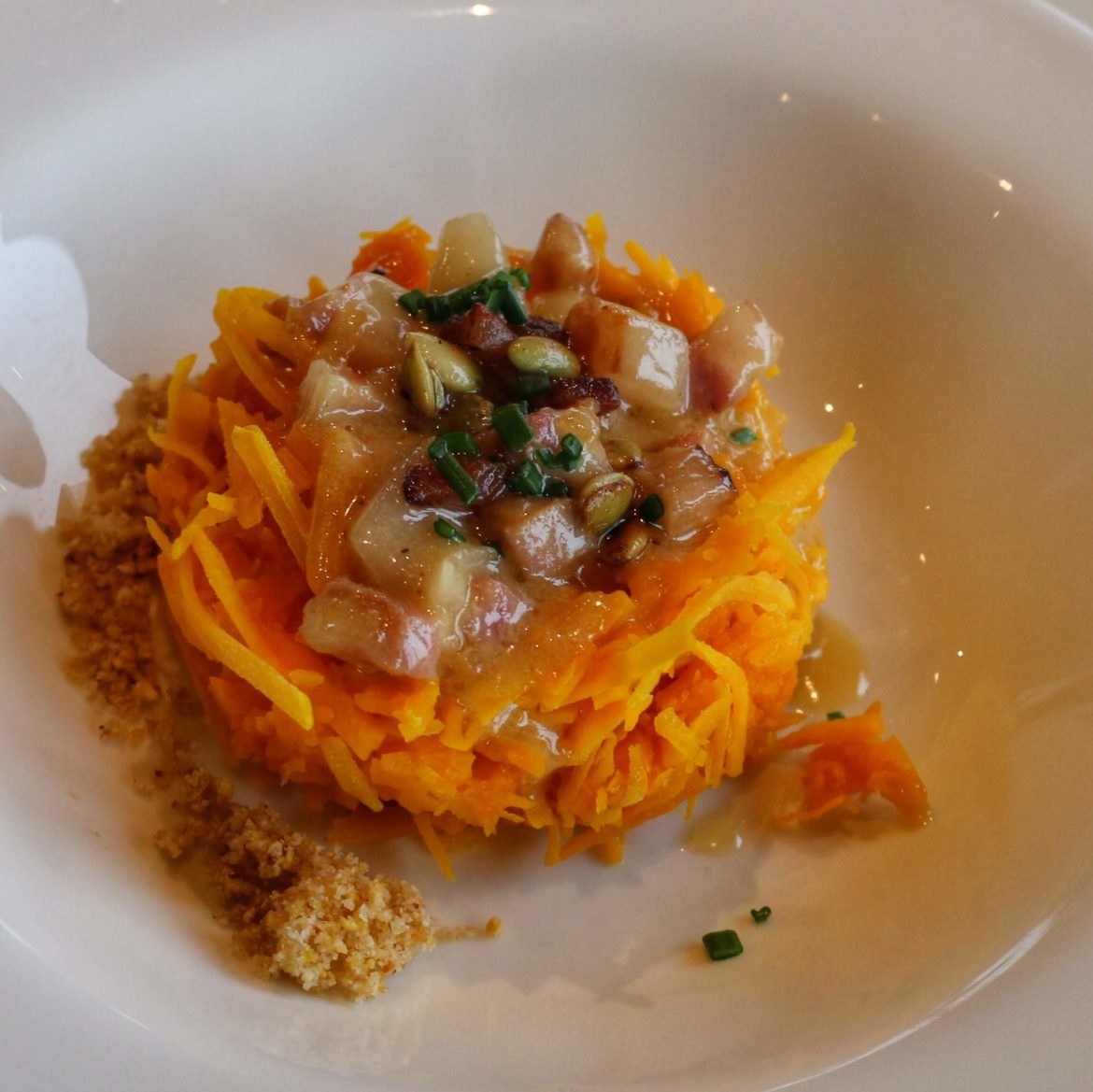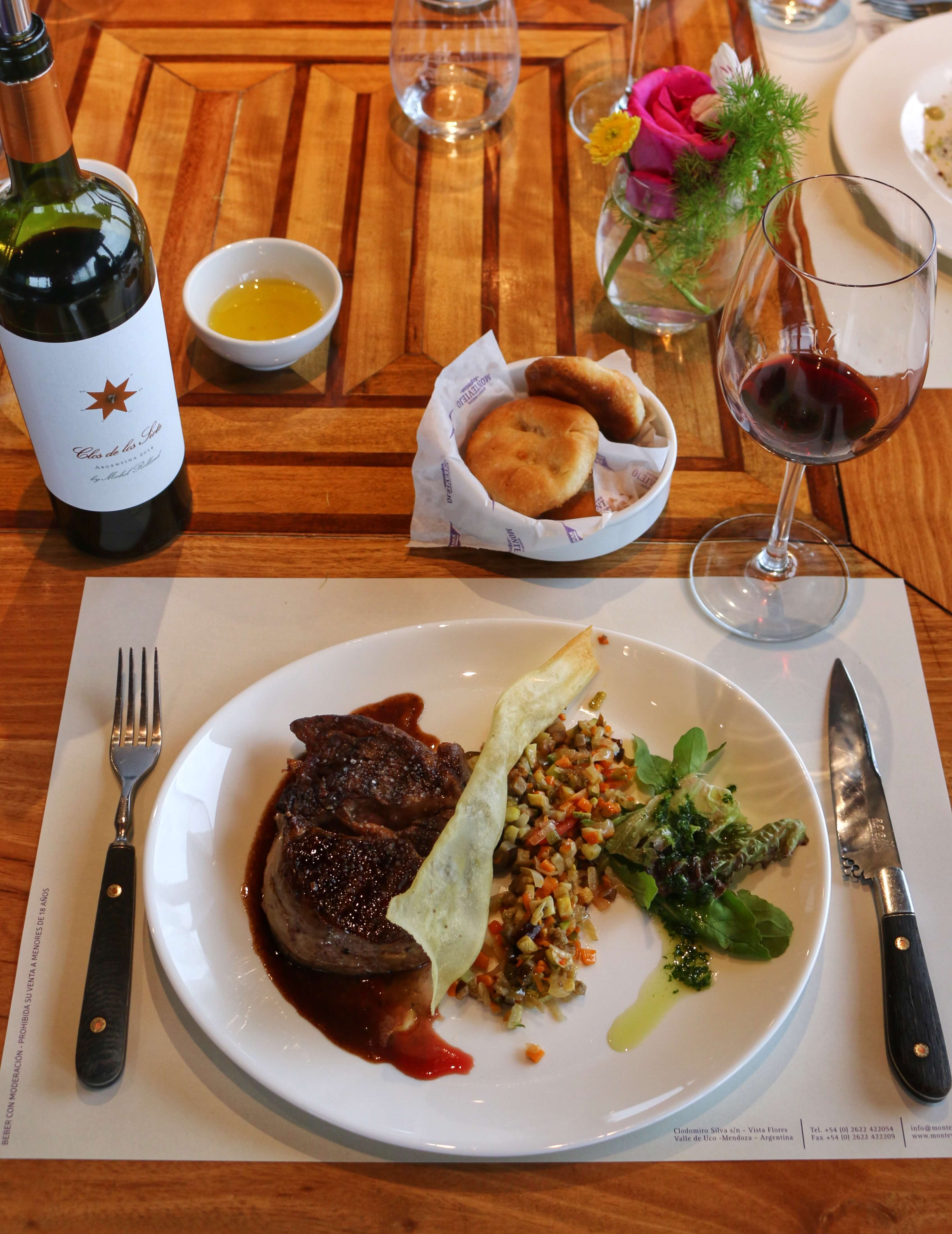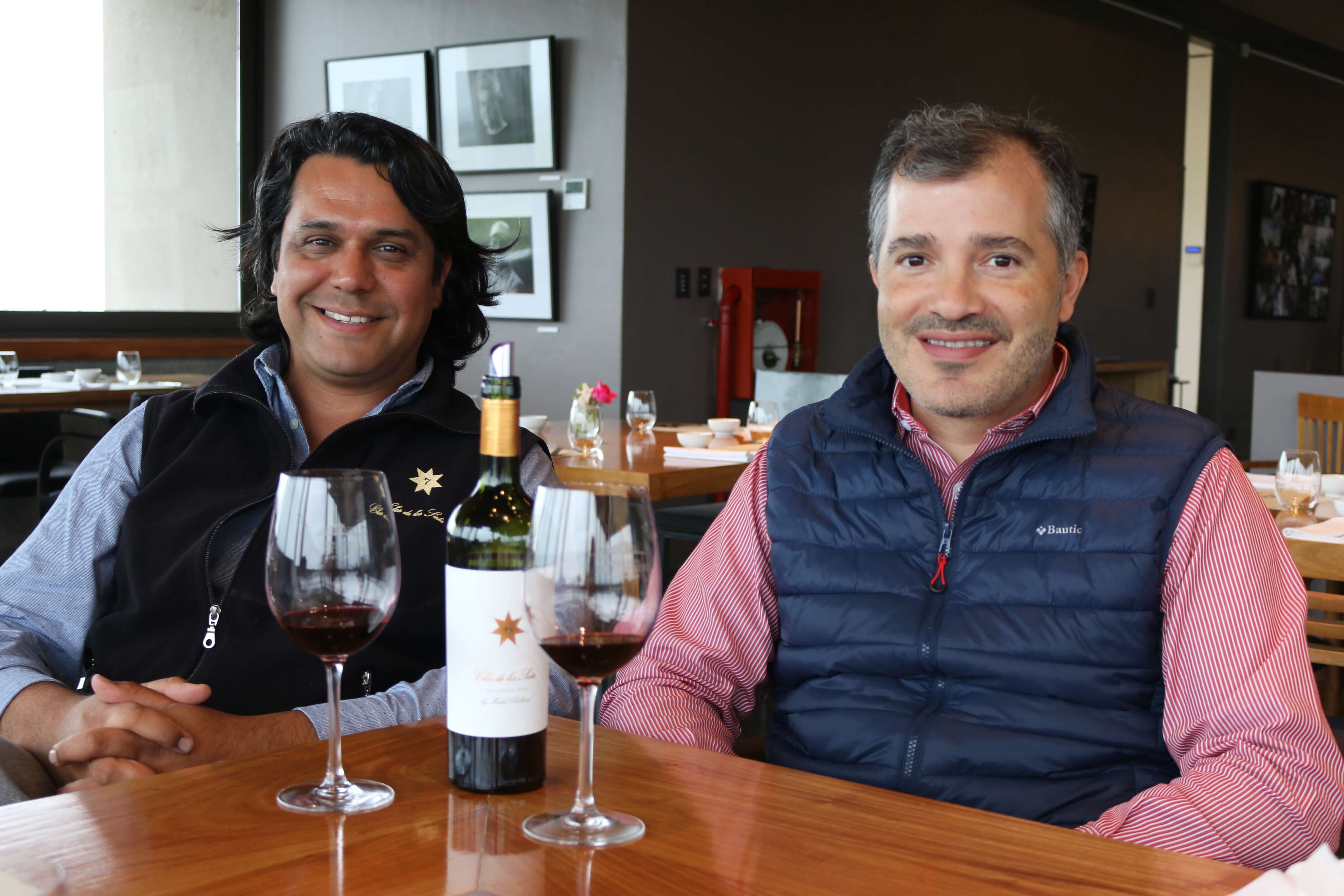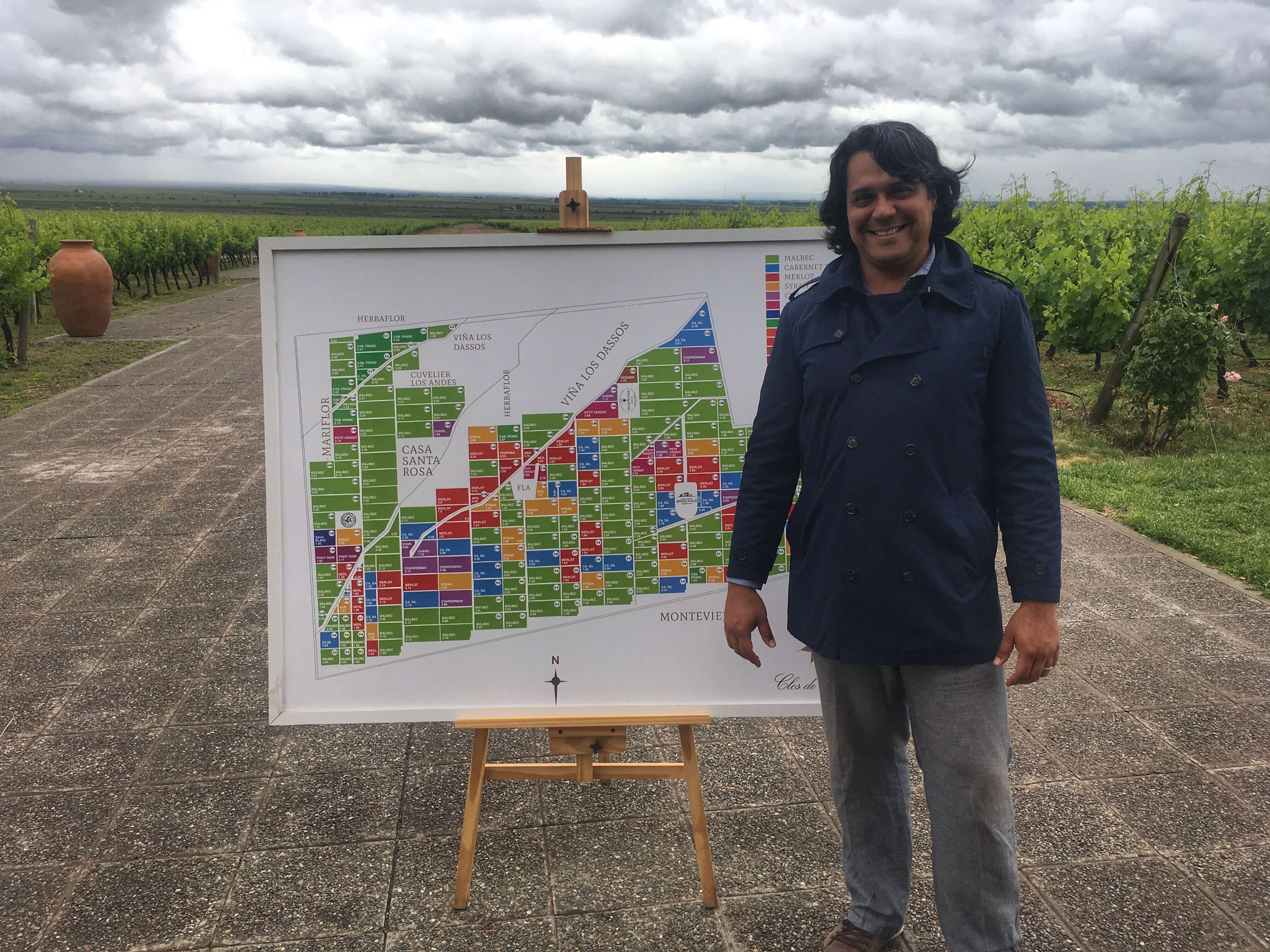A clos is a common concept in France but rarely seen in the New World. Historically a clos referred to an enclosed vineyard, or vineyards, which might have been owned by one person or several. The vineyard owners worked together to build the surrounding wall to protect the clos from thirsty thieves. Although thievery isn’t the main concern today, the concept of Clos de los Siete in Mendoza was inspired by this historic practice of creating a wine community and has resulted in the world’s largest clos.
There’s no brick wall around Clos de los Siete in Vista Flores but it is easy to see the boundary. A dirt road separates the property to the east, there is scrubland with wild horses to the south and north, and if you look to the west you have a wall of mountains. From a bird’s eye view, it looks like someone has laid down a colourful rug in the middle of nowhere. Which isn’t far from the truth.
Devising Clos de los Siete: A patchwork of vineyards
The story of Clos de los Siete starts with the arrival of Michel Rolland in Argentina. The French flying winemaker started consulting in Argentina in the late 80s. The more he came to Argentina, the more he saw the potential for great wine – especially in the relatively unexplored territories of the Uco Valley in Mendoza. The economic crash at the turn of the century made prices cheap and Rolland saw an opportunity to invest in what he was convinced was prime vine-growing territory.
“He realised the huge potential of the foothills of the Andes to produce high end wines and how Malbec played a key role on those terroirs,” Clos de los Siete CEO Ramiro Barrios explains. “He wanted a virgin land and high elevation, and he discovered the perfect place two kilometers west of Vista Flores town. There was virgin land placed among two alluvial funnels: Campo Los Andes and Chacayes. Poor soil with sand, clay and large pebbles and a proper slope to East/North-East were the perfect conditions for growing vines.”
Rolland knew that this was where he wanted to lay his hat, or plant his patchwork of vines in Argentina. He convinced six other wine families in Bordeaux to invest in a large 850-hectare property with him, and Clos de los Siete (clos of the seven families) was born.
The power of working together as a clos enabled the families to build roads and irrigation channels in the vineyard, and open up marketplaces and distribution channels abroad. The collaboration of everyone working together is celebrated in one wine – the Clos de los Siete red blend which is made from grapes from each different family vineyard.
The diversity within one estate
While the Clos de los Siete blend shows the unity of the project, there are also very different identities of the family wineries within the clos. Today Monteviejo (owned by the Péré Vergé family from Pommerol’s Chateau Le Gay and Chateau La Violette), Cuvelier Los Andes (owned by the Cuvelier family from St Julien’s Leoville Poy Ferret), DiamAndes (owned by the Bonnie family from Pessacc Leognan’s Malartic La Graviere) and Bodega Rolland (owned by the Rolland Family) all have their own wineries in the clos and make their own very different portfolios of wine.
Part of the diversity within the clos is because of the different people. Each winery has their own winemaker with distinct vision and taste, reflected in the wines. There is also a diversity within the 850-hectare territory.
“Every parcel tastes different,” explains Marcelo Pelleriti, who has been making wine for Bodega Monteviejo since its first harvest in 2002. “We have two different soils here but every parcel is also different. You can see it in the vines and then in the wine.”
The main soils in Vista Flores are poor, rocky soils with varying proportions of sand and clay, however, each plot has its own different compositions and microclimate. “We have lots of petite terroirs,” says Adriàn Manchòn, the winemaker at Cuvelier los Andes (who has also been there since the very beginning). “That’s why we vinify everything separately. When it comes to picking each different lot we go by our senses, tasting the grapes. The winemaking and blending is the same, all done by tasting each individual barrel.”
Each winery uses their blocks of vines as diverse ingredients for making their own wines – whether it be a single variety or blend. In many ways, what each winemaker does in their own winery is a microcosm for what happens when together they make the Clos de los Siete blend.
Visiting a village
A visit to Clos de los Siete feels like visiting a village. To put it in scale, the Clos de los Siete estate is bigger than the Pomerol appellation in Bordeaux. You need a car (or horse) to get between the wineries.
It’s easy to spend a whole day here visiting the four different wineries as they each offer different experiences and outlooks. Cuvelier los Andes is understated and minimalist-chic, while Bodega Rolland is purely practical and functional. DiamAndes and Monteviejo are the most flamboyant of the quartet: DiamAndes has a metal sculpture diamond as its central showpiece and a mesmerising cellar beneath its deluxe restaurant, while Monteviejo has vines carpeted up its side leading to a rooftop terrace and restaurant where rock concerts and art exhibitions are a regular occurrence.
The differences aren’t only in the architecture of the wineries, but also the wines. It’s perhaps surprising that there are such differences as on paper you might make a different assumption. You have four French families from Bordeaux, who have all worked with the same consultant winemaker (Michel Rolland), use very similar winemaking techniques and have vineyards in the same place. However, each wine and each winery has quite a distinct personality. And that’s what makes this clos interesting to visit.
 My visit to Clos de los Siete was in association with Wine Paths: offering luxury and exclusive wine tours and experiences in wine regions around the world. You can book your own Mendoza wine experience online here.
My visit to Clos de los Siete was in association with Wine Paths: offering luxury and exclusive wine tours and experiences in wine regions around the world. You can book your own Mendoza wine experience online here.


